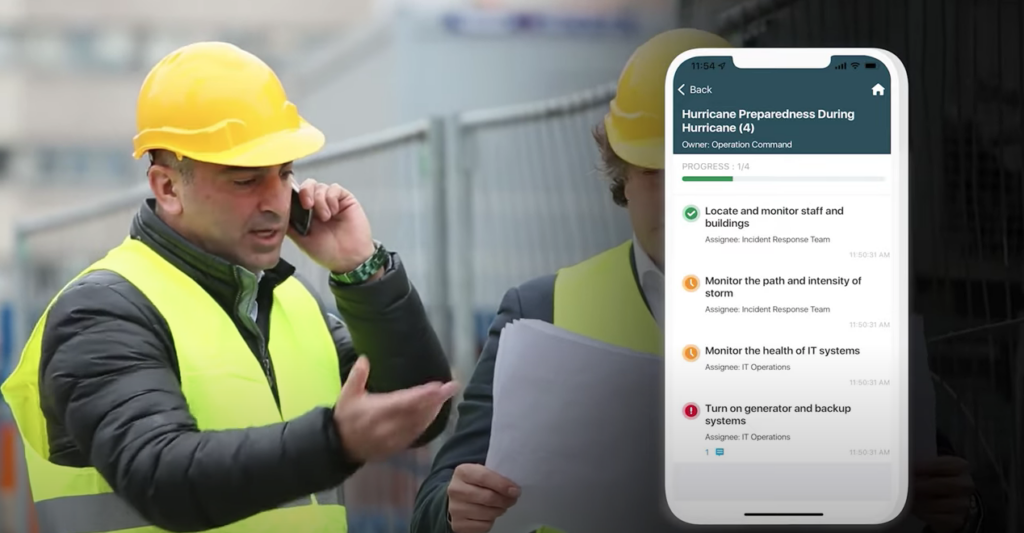Crisis Management
Coordinate crisis response via a unified crisis management platform for seamless command and control during unexpected scenarios.
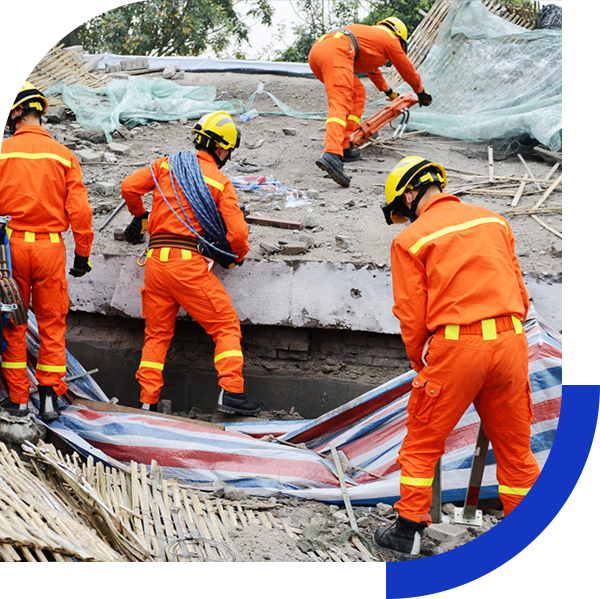
Everbridge protects lives and assets when a crisis strikes
Everbridge Crisis Management Software is integrated with the Critical Event Management (CEM) Platform, providing a single solution for business continuity, disaster recovery, situational awareness, and emergency communication.
In one application, crisis teams coordinate response activities, team members, and resources to accelerate response and recovery times during unanticipated scenarios.
Crisis Management in action

Enterprise resiliency during a severe weather crisis
How can you prepare for unforeseen weather conditions with Everbridge crisis management software?

Santander saves time and cost with Everbridge
Within a single platform, Santander can
now coordinate all response activities,
teams, and resources to accelerate
recovery times and maintain command
and control during a crisis.
Customer perspective
Richard Biber, Director of Business Continuity at Southern Glazer’s Wine & Spirits explains how to align with the business and its mission to optimize emergency management and business continuity, and the importance of operationalizing Everbridge beyond critical events to drive additional value for the company’s employees and customers.
Maintain command and control
When crisis events evolve into unanticipated scenarios
Static incident response plans can’t account for the unpredictable nature of real-world critical events. Everbridge crisis management software provides a common operating picture for all stakeholders and turns your passive runbooks into active tasks with the flexibility to add tasks on-the-fly when unanticipated scenarios arise.
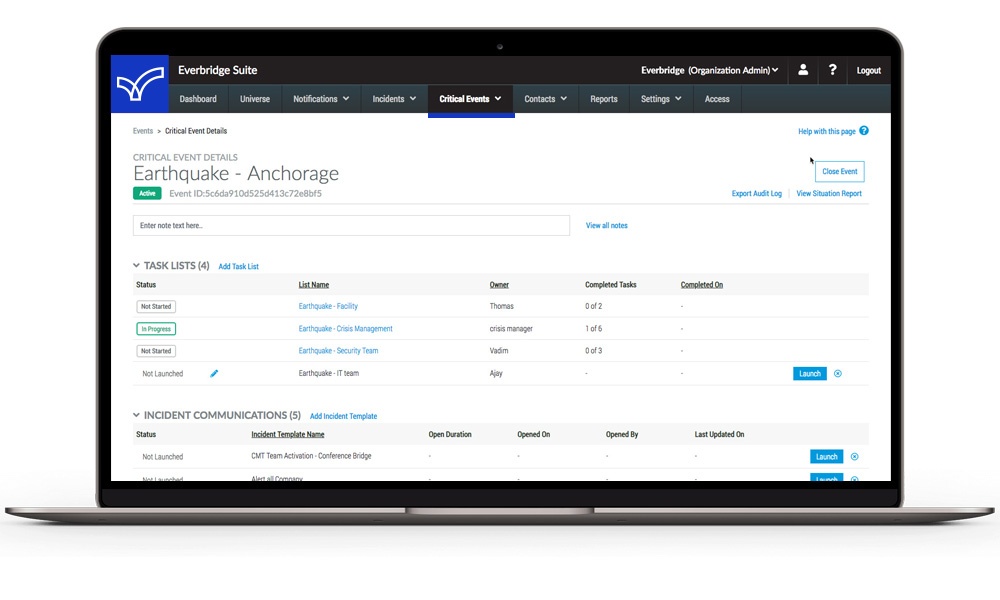
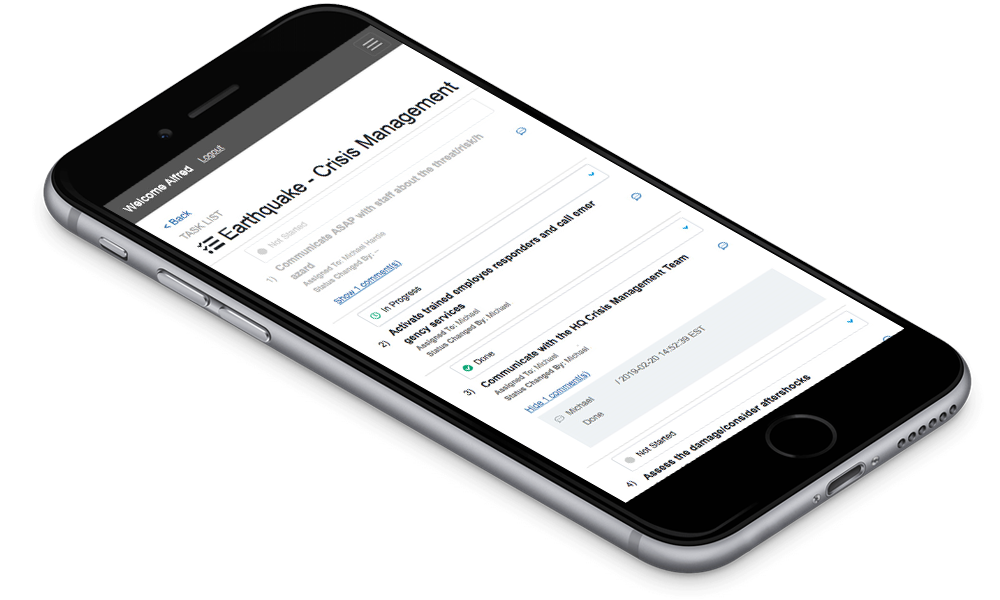
Ensure plans get executed properly
On time and in the right order
Keeping distributed teams and responders in the field coordinated and on task in the middle of a crisis often requires significant manual effort that can slow your overall recovery. Everbridge crisis management software mobilizes your response plans before, during, and after a crisis, and allows tasks to be assigned to individuals, groups, or a function.
Provide meaningful updates with Everbridge
Common operating picture for all stakeholders
Providing status updates to senior management can take time away from critical response activities. Dedicated event dashboards and situation reports allow senior management to monitor response and recovery progress in real-time without having to disrupt the crisis team.
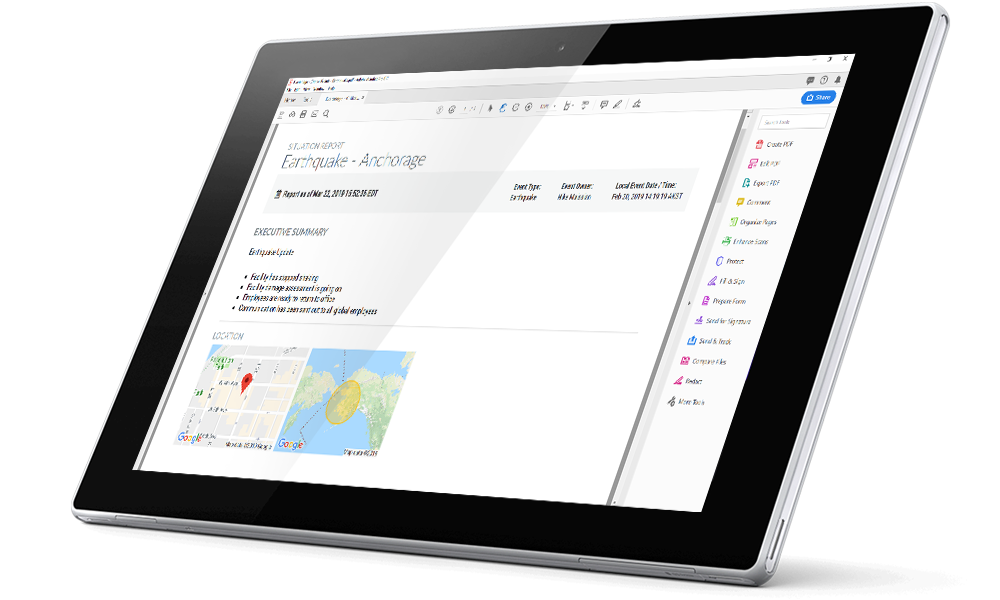
Operationalize your business
Everbridge crisis management software is integrated with the Critical Event Management (CEM) Platform, providing a single solution for business continuity, disaster recovery, situational awareness, compliance with government standards, and emergency communication. In one application, crisis teams coordinate response activities, team members, and resources to accelerate recovery times during unanticipated scenarios.
Communicate with all stakeholders through one integrated platform, so you will never have to worry that your response plans are not getting executed.
“With this solution, we’re able to get in touch immediately. And that’s important.”
Why Crisis Management Software?
Centralize crisis management across your entire organization under one critical event management platform
Maintain command and control with Everbridge to coordinate crisis management solutions for:
Resilience, safety & business continuity
Critical events such as severe weather, workplace violence, active assailants, and supply chain disruptions can put people, assets, and operations at risk. Crisis Management helps mitigate the impact of a crisis through automation.
Travel risk management
During a critical event, crisis management tools can help organizations be more resilient by finding the location of potentially impacted employees, visitors, offices, manufacturing facilities, and assets. Additionally, organizations need to be able to protect travelers by identifying potential threats in their path and enabling two-way communication while on the road.
Building a proactive enterprise
The Everbridge crisis management platform proactively assesses potential threats before they become critical events. With the right built-in risk intelligence and data feeds, supported by 24/7 analysts, your organization receives only the most relevant information fed from thousands of data streams across weather, protest, social media, dark web, and hyper-local safety feeds to curate, filter and categorize risk events. This ensures avoidance of false positives, reduced alert fatigue, and overall faster response.
Automating response & communications
Automated workflows ensure that even when you and your team are not watching for threats, the system is doing it for you. With Crisis Management, SOPs, communications, and action plans can be automated and orchestrated during a crisis in order to speed up response and ensure the appropriate action is taken for a particular threat.

Inclement weather, climate change, and natural disasters
Track and receive updates on severe weather events that may threaten your people, facilities, and/or assets. Proactively warn and mobilize your teams. Take proper action to ensure the protection of your facilities and assets.

Critical equipment failure
When experts or teams need to be identified and rallied to address the situation, automating communications and ensuring the right people are alerted minimizes the costs of these critical events.

Terrorism & active shooter situations
Receive the most up to date information to accurately assess risk levels and send only highly relevant alerts to the proper individuals. Automate security measures across an organization such as locking doors, or guiding employees to safety.

Supply chain disruption
Protect supply chain assets, including routes, suppliers, cross-docks, ports and more. Minimize delays and disruptions, and ensure continuity of operations and enable supply chain resiliency as a competitive advantage.

Health and safety incidents
Improve communications, deliver timely patient-centered care, enhance patient experience, and keep staff safe during a crisis.

Utility & power outages
Power disruptions are costly and can even be life-threatening. Enable proper planning and alerting in the event of outages.

Civil unrest
Large crowds have the potential to endanger people and property. Manage a crisis strategy and respond to the threat of civil unrest.

Product recall
Ensure notification procedures follow government and regulatory compliance in the event of recall situations.
Mobilize your response
Accelerate time to restore operations and services
Minimize the cost of downtime
Communicate updates to all stakeholders
Reduce risk and liability
Real-time-incident status
Everbridge is trusted by over 6,300+ enterprise customers
Crisis management case studies
Customer stories

Rackspace case study
Rackspace is the world’s number one provider of IT as a service, in today’s collaborative world. The San Antonio, Texas-based…
Customer stories

South Western Ambulance Service
The South Western Ambulance Service NHS Foundation Trust provides a wide range of emergency and urgent care services across a…



